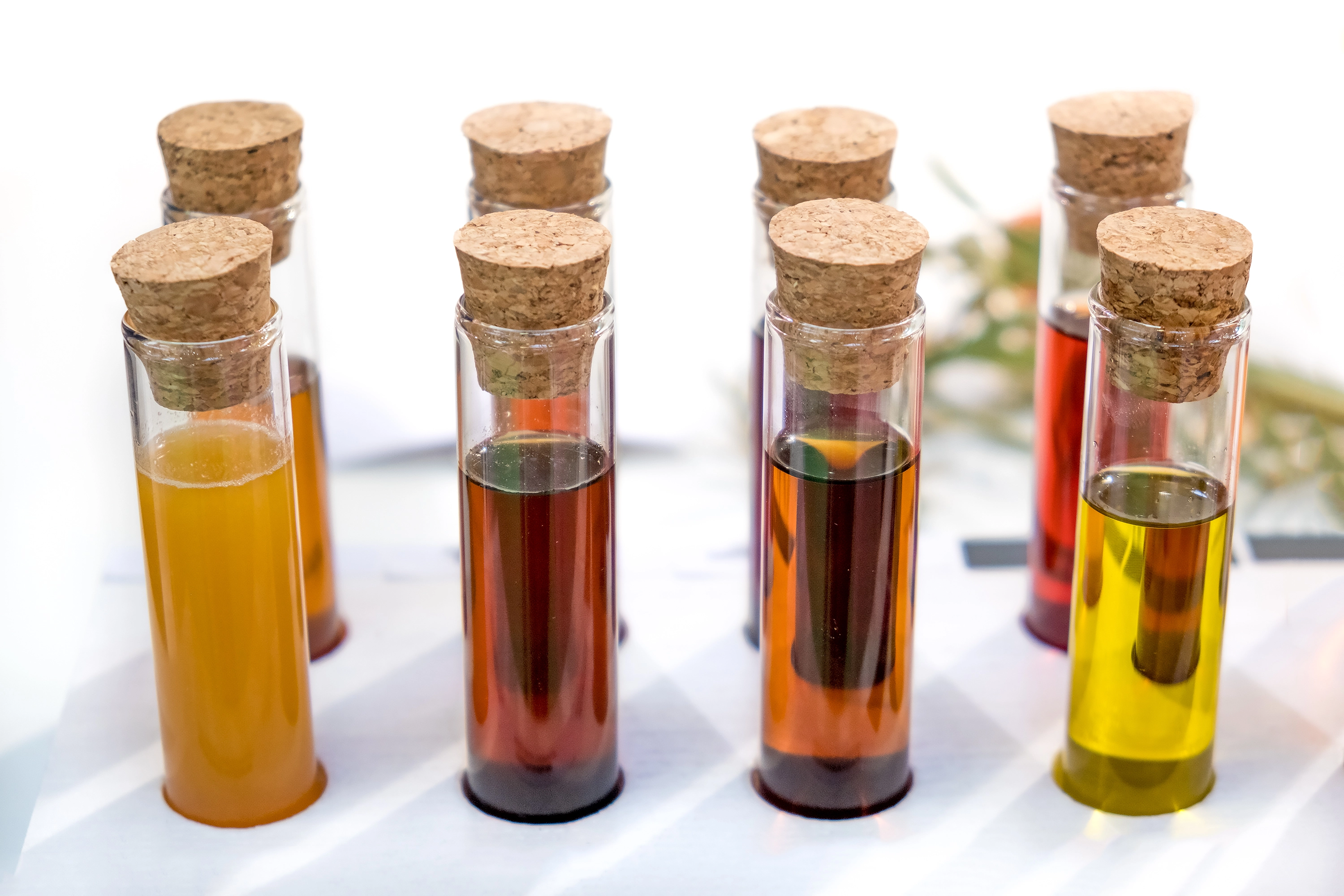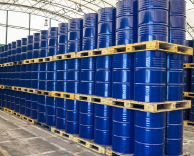Key Indicators Your Lubricating Oil Requires Conditioning
Introduction
Machines without oil function similarly to the human body without blood flow. Oil handles a lot of foreign materials and contaminants, just like human blood does. Over time, lubricating oil can become contaminated or chemically impure, degrading the very equipment it's meant to protect. In fact, studies show roughly 80% of machinery failures are related to lubrication problems and a large share of those stem from contaminated or poor-quality oil. The good news is that by looking out for early warning signs and practicing predictive maintenance, you can intervene before a minor oil issue shapes into a major breakdown. Regular oil analysis and oil quality testing let you gauge the oil's health, helping you plan timely oil conditioning (cleaning or reconditioning the oil) rather than fussing over costly failures. By catching problems early, maintenance teams can lower the chances of unplanned downtime, extend equipment life, and strengthen reliability through advanced oil care. In this blog, we'll talk about three serious signs that your oil needs conditioning fast. These red flags apply whether you're managing a power plant turbine or tuning up your car's engine. Pinpoint them early, and you can save your machinery (and wallet) from trouble.

For More Information About Condition Monitoring - Click Here.
Sign 1: Cloudy, Milky, or Dirty Oil
One of the easiest ways to tell something's wrong with oil is by visual appearance. Clean oil is typically clear and transparent, but contaminated oil often seems cloudy, hazy, or discolored. If you notice your oil looks milky or creamy, that's a big indicator of moisture in the oil. Water contamination (often from condensation, leaks, or coolant mixing) will give the oil a frothy, chocolate-milk appearance. Similarly, a dark, murky look or visible particles and sludge in the oil indicate dirt or debris contamination well beyond normal. Why is contaminated oil so urgent to fix? Because oil contamination is a silent equipment killer. Water, for instance, is one of the leading causes of equipment failure in lubricated systems. Even small amounts of moisture can lead to metal corrosion, rust, depleted additives, and poor lubrication performance. Likewise, dirt and abrasive particles will scorch bearings and gears, causing wear to flare up. In short, contaminated oil lubricates less effectively. In the long term, it can stimulate overheating, erratic system pressure, and eventually disastrous failures of components.
Act fast: If you see signs of water or debris in the oil, don't ignore it. First, consider performing an oil analysis to verify the type and extent of contamination (e.g., measuring water content in parts per million, particle counts, etc.). Then move on to oil conditioning solutions to remove the contaminants. Often, installing or using a high-quality oil filtration system is the quickest remedy for dirty oil. Filters can strain out particles and sludge, improving the oil's cleanliness. For moisture removal, specialized methods like centrifugation or vacuum dehydration are highly effective. For example, centrifuge separators can spin out free water from oil, and vacuum dehydration units will boil off dissolved moisture under vacuum. These used oil conditioning techniques (a form of lubricant reconditioning) restore the oil's purity so it can protect your machine like it's supposed to. Remember, keeping oil clean, cool, and dry is a mantra for reliability. An investment in filtration or dehydration now can prevent far costlier cures later.
Sign 2: Dark, Thick Oil with Sludge or Varnish
Not all oil problems are visible to the eye, but the majority are. If your once-golden lubricant has turned dark brown or black, or it has become considerably thicker or sticky, it's likely suffering from oil oxidation and thermal breakdown. When oil oxidizes, it creates sludge and varnish, deposits of tar-like varnish in oil, and slimy residues that can cover interior surfaces. You might see this as sludge buildup on dipsticks or around caps, or in serious cases, a brownish-varnish coating on valves, bearings, or tank walls. Another signal is a strong, burnt odor. Oxidized oil wear can smell bitter or like rotten eggs, especially if sulphur additives are present. In other words, the chemical makeup of the oil is deteriorating. Common warning signs of oil oxidation include a change in oil color, a strong odor, a change in consistency (thick or slim), and the formation of sludge or thicker, hard deposits. If you observe a combination of these, your oil has aged beyond its useful life, and it needs conditioning or replacement fast.
Oil oxidation and varnish formation are some costly horrors to machine operation, as they can clog oil passageways, restrict lubricant flow, and cause parts to stick. In hydraulic and turbine systems, varnish is downright notorious for causing valve stiction and sudden machine trips. Sludge and varnish also tone down oil's lubrication ability, making it more dense and ineffective, thereby leading to higher operating temperatures and more.
Don't Wait: If you suspect oxidation in your oil, it's a must to conduct an oil analysis for proper oxidation level or varnish potential. High results indicate the need for action, and reconditioning or changing the oil can save it. Lubricant reconditioning typically involves filtration and flushing to shed sludge/varnish and sometimes adsorption or ion-exchange filters to wipe out soluble varnish ingredients. Oil flushing services circulate specialized cleaning fluid or use high-flow filters to dissolve varnish deposits, restoring the system to a cleaner state. Antioxidant additive packages can be renewed if the oil isn't too far gone. Oil conditioning recovers viscosity and clarity, ridding sticky deposits and allowing the machine's arteries to be clear again. Addressing varnish formation in oil instantly is mandatory to avoid serious equipment hiccups.
Sign 3: Rising Oil Acidity (High TAN)
A dominant measure of oil acidity is the Total Acid Number (TAN), which rises with time when oil degrades as a result of contamination or oxidation. The oil has to be conditioned or changed because a greater TAN suggests that the additives and oxidation products have been depleted. A high TAN is a sign of oil oxidation and deterioration, which can damage machinery by chipping bearings, gears, and valves and corroding interior parts. Acidity often results in oxidation, a harsh or pungent smell, and a loss of lubricating effectiveness, all of which are usually tracked by laboratory testing. Because you generally can't spot acidity, this sign relies on oil quality testing. Maintenance teams should regularly send oil samples for a TAN test or use onsite test kits to monitor acidity. If TAN doubles since the last sample or is above alarm limits, it's a straight warning of potential damage. Predictive maintenance programmes keenly monitor TAN, as it's like cholesterol in your blood work, an early warning of potential issues. Addressing high TAN before it escalates is absolutely critical.
How do you condition acidic oil? The strategy is to remove or neutralise the acids and restore the oil's health. Ion-exchange resin filters, these smart little filters, attract acidic molecules and yank them right out of the oil, effectively lowering the TAN (Total Acid Number). Another option is adding alkaline additives to neutralise acids, though that's more of a last resort during in-service oil use. Typically, the best approach is a combo of first filtering out contaminants like varnish, moisture, and sludge, then treating the acidity itself.
Now, when it comes to reconditioning acidic oil, you really want to keep an eye on the numbers. Here are a few TAN thresholds that act like traffic signals for your oil's health:
0.0–0.1 mg KOH/g: This is brand-new oil. Fresh out of the drum and squeaky clean. No worries here.
Up to ~1.0 mg KOH/g: Still in the safe zone but starting to show some age. Keep an eye on it.
1.0–2.0 mg KOH/g: Warning lights flashing. Acid buildup is getting real, and it's time to condition or plan for a change.
2.0 mg KOH/g and above: Now we're in the danger zone. Corrosion risk is high here. Flush and replace as soon as possible.
Double digits (>10 mg KOH/g): This is the oil's version of a scream. Beyond double-digit TAN, conditioning won't suffice. The focus should shift to full replacement and corrosion inspection
Why Acting Quickly Matters for Reliability
Oil shortcomings are progressive and can cause massive damage over time. Neglecting these warning signs can cause higher maintenance costs, unforeseen downtime, and probable safety hazards. Correcting these signs through oil conditioning can raise equipment reliability and lifespan, potentially extending the oil's usable life and saving money on oil purchases and disposal. For example, purging heavy contamination and varnish from a lube system can prevent breakdowns, extend oil life, and cut the cost of an oil replacement.
Predictive maintenance is always cheaper and easier than replacing failed bearings or rebuilding seized pumps. Oil reconditioning and filtration revive the machine's circulatory system and aid sustainability by limiting waste oil. To achieve these benefits, businesses should have a plan, including routine oil analysis schedules, online monitoring sensors, and quick access to oil conditioning equipment or services when a parameter goes out of specification.
Some companies opt for permanent offline oil filtration systems on expensive machines to continuously remove contaminants and keep oil in good shape. Others partner with specialists for periodic oil reconditioning. Minimac Systems, a pathfinder of oil purification solutions, has helped numerous clients rescue degraded oils and avoid traumatic failures through patented filtration, dehydration, and purification technologies. Planned oil maintenance can save millions by fending off component damage and downtime.
Conclusion
The three signs discussed – oil pollution, oxidation/varnish, and high acidity – are early indicators of the need for oil conditioning. These symptoms can endanger the equipment's health and can only be dealt with through proper oil conditioning, such as filtration, dehydration, reconditioning, or oil changes. Smart predictive maintenance grants higher uptime, fewer emergency repairs, and longer-lasting machinery. If you are practising smart predictive maintenance. You're fixing the problem before it fixes you! Whether you're a maintenance manager or an auto enthusiast, pay close attention to the appearance, smell, and test results of your oil. If you observe cloudiness, a burnt odor, or a spike in TAN, take action. Fast oil conditioning or oil changes can assure smooth, dependable running while also balancing equipment reliability and performance. Undoubtedly, clean and healthy oil is the bedrock of equipment performance and dependability.
Learn more about our services and industry insights by visiting our official LinkedIn page: Minimac Systems.





